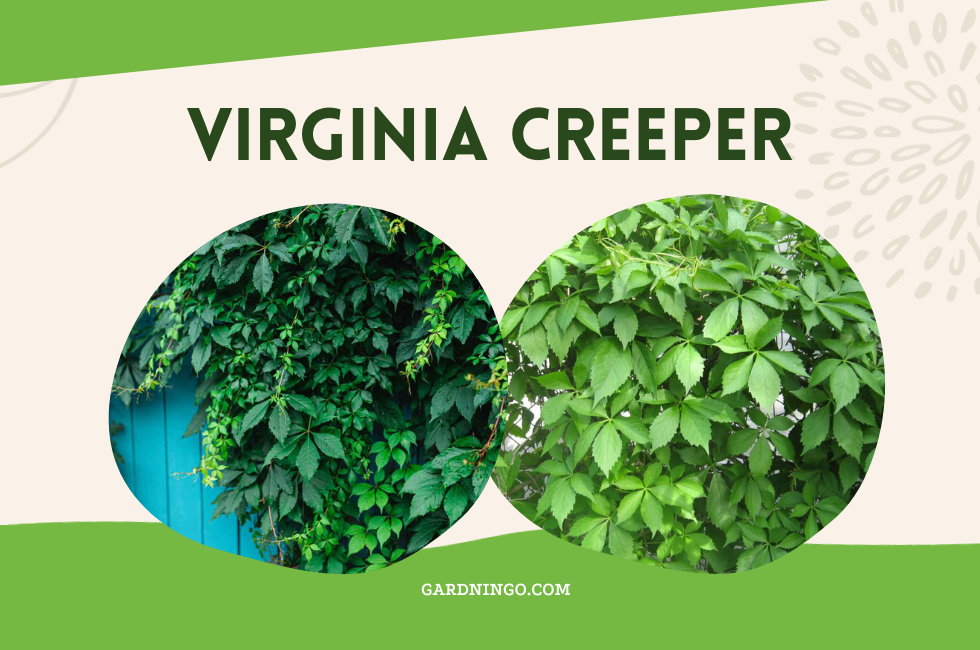Introduction
Virginia Creeper is a fascinating and versatile plant that is sure to capture your heart with its vibrant foliage and numerous benefits. In this comprehensive guide, we will delve deep into the world of Virginia Creeper, exploring its growth patterns, care tips, and its crucial role in the ecosystem. Whether you’re a seasoned gardener or just starting, this article is designed to provide you with valuable insights about this captivating plant.
A Brief Overview of Virginia Creeper
This is , scientifically known as Parthenocissus quinquefolia, is a deciduous vine native to eastern North America. It is renowned for its stunning fall foliage, which transitions from green to vibrant red, making it a favorite choice for ornamental gardening. But the appeal of Virginian Creeper extends far beyond its aesthetic beauty.
Virginia Creeper: The Wonder Plant
Growth and Cultivation
This Creeper is a vigorous climber, capable of reaching heights of 30 meters or more. It features compound leaves with five leaflets, lending it the name “quinquefolia.” Plant it in well-drained soil and watch it thrive in both sun and shade.
Foliage Transformation
One of the most remarkable features of Virginian Creeper is its remarkable foliage transformation. In spring and summer, the leaves are green, providing an excellent backdrop to other garden plants. Come fall, these leaves transform into a breathtaking fiery red, adding a splash of color to your landscape.
Ecological Importance
Virginia vine isn’t just a pretty face. It plays a vital role in local ecosystems, offering shelter and food to birds and insects. As a host plant for swallowtail butterflies, it contributes to the biodiversity of your garden.
Caring for Virginia Creeper
Planting and Maintenance
Plant this creeper in early spring or fall, and ensure it receives adequate water during its initial establishment phase. Regular pruning is essential to control its growth and shape. Always keep an eye out for any signs of disease or pests.
Trellising and Support
Providing a trellis or support structure will encourage vertical growth, making it an ideal choice for covering walls, fences, or arbors. Its adhesive discs allow it to attach firmly to surfaces.
Environmental Considerations
Virginian Creeper’s adaptability to various soils and its resistance to drought make it an environmentally friendly choice. With proper care, it can be a low-maintenance addition to your garden.
FAQs
Is Virginia Creeper invasive?
No, Virginian Creeper is not considered invasive, but it can be aggressive in its growth. Regular pruning can help control its spread.
How do I propagate Virginia Creeper?
Virginian Creeper can be propagated from seeds, cuttings, or layering in early spring.
Is Virginia Creeper toxic to pets?
The berries of Virginian Creeper can be toxic if ingested, so it’s essential to keep pets away from them.
Can Virginia Creeper damage structures?
Virginia Creeper’s adhesive discs can potentially damage wooden structures, so it’s crucial to provide adequate support.
How do I prevent disease in Virginia Creeper?
Ensure proper air circulation and keep an eye out for signs of fungal diseases. Regular pruning and maintaining good hygiene can help prevent disease.
How can I encourage wildlife in my garden using Virginia Creeper?
Planting Virginia Creeper provides shelter and food for birds and insects. To attract wildlife, allow it to grow freely and provide bird feeders.
Conclusion
Virginia Creeper is more than just a beautiful addition to your garden; it’s an ecological marvel. Its vibrant foliage, adaptability, and low maintenance make it a valuable asset for any gardener. By following our care tips and understanding its importance in the ecosystem, you can make the most of this stunning plant. So, embrace the allure of this creeper and watch it flourish in your garden.


